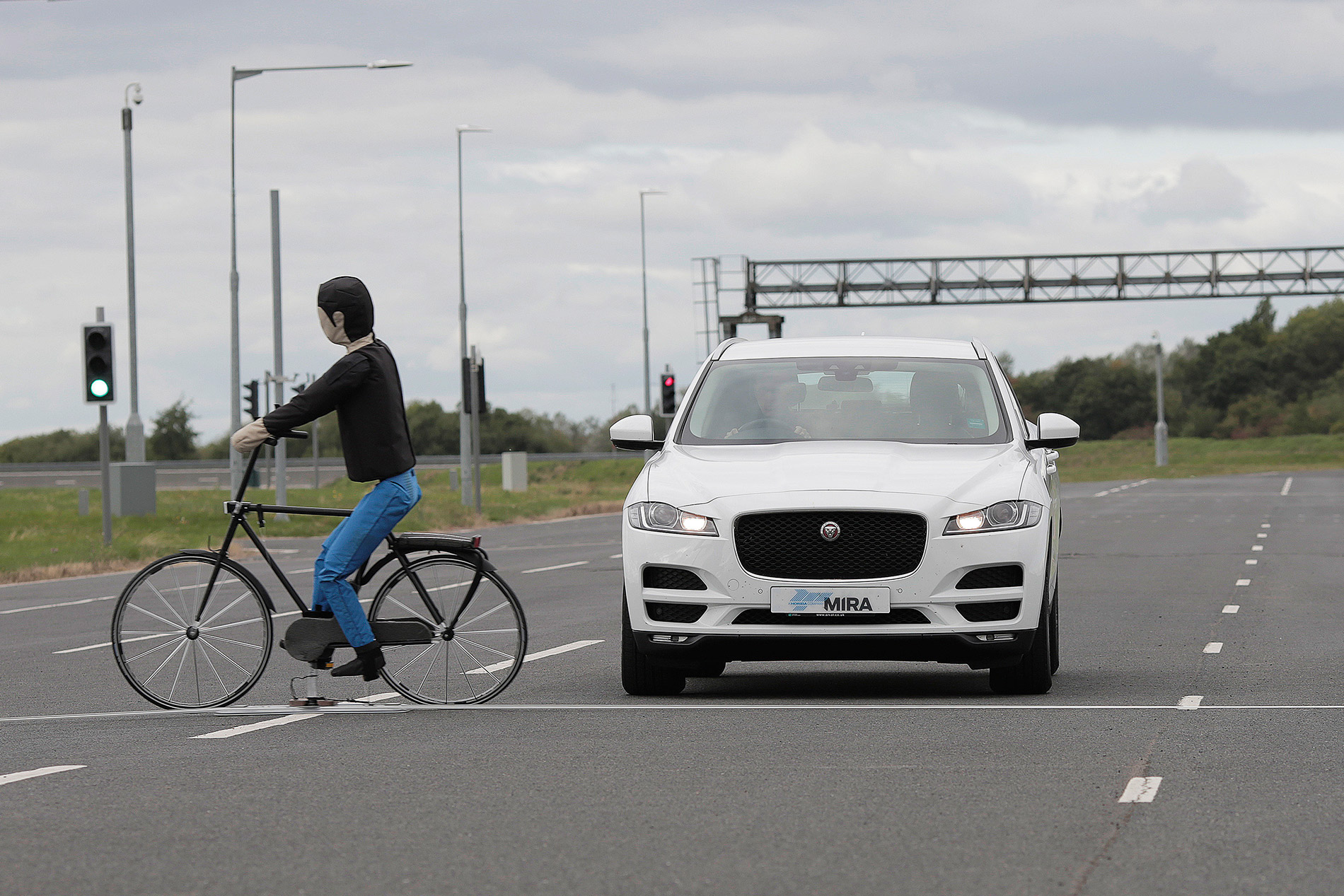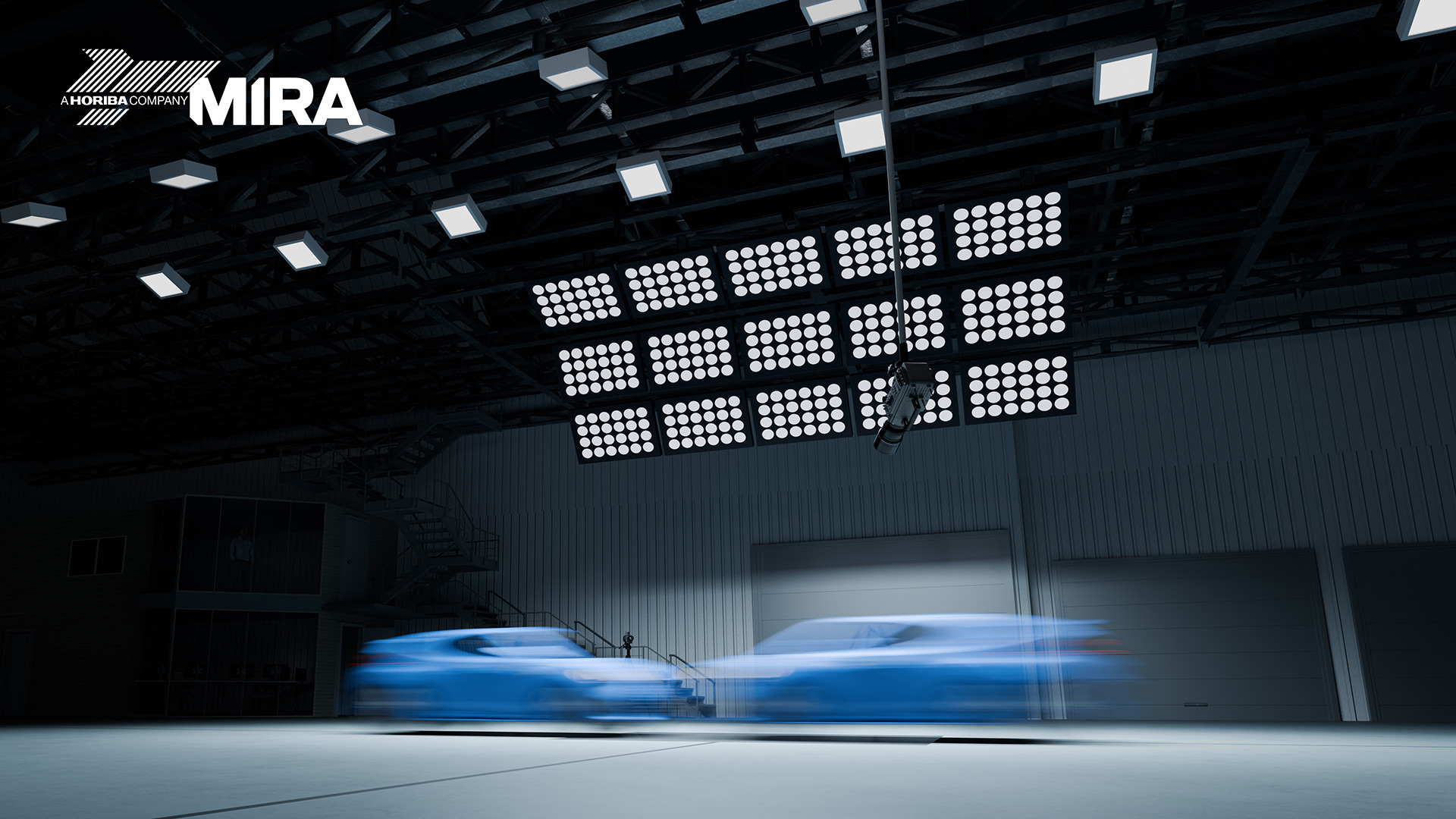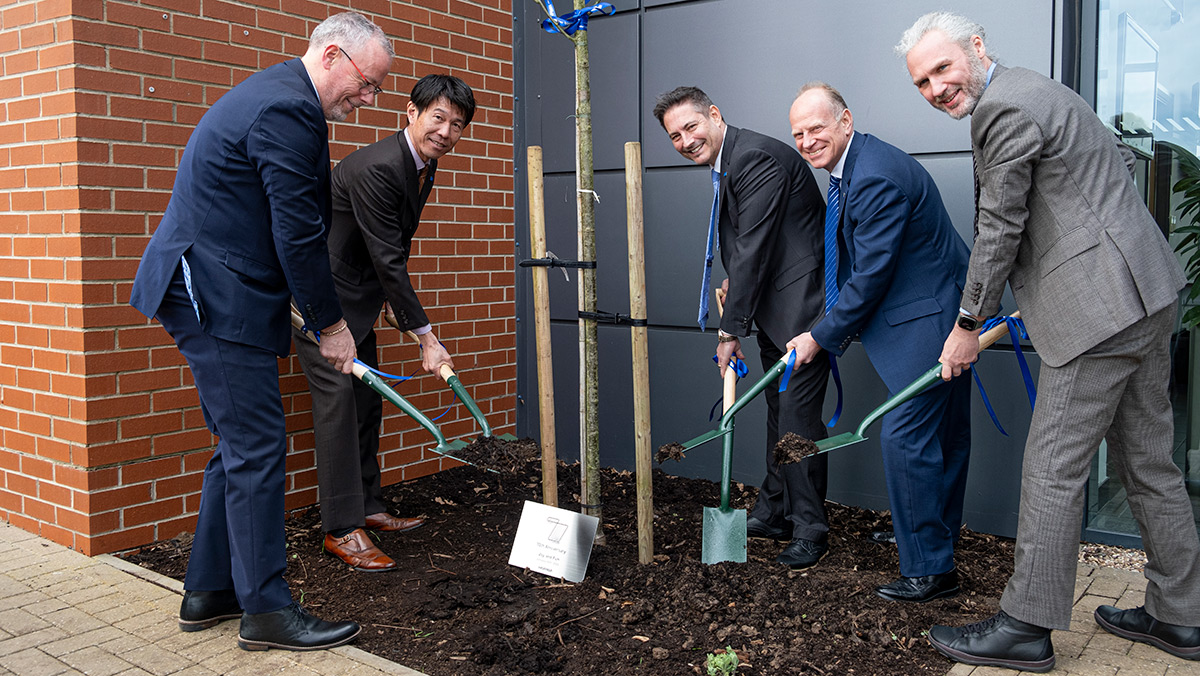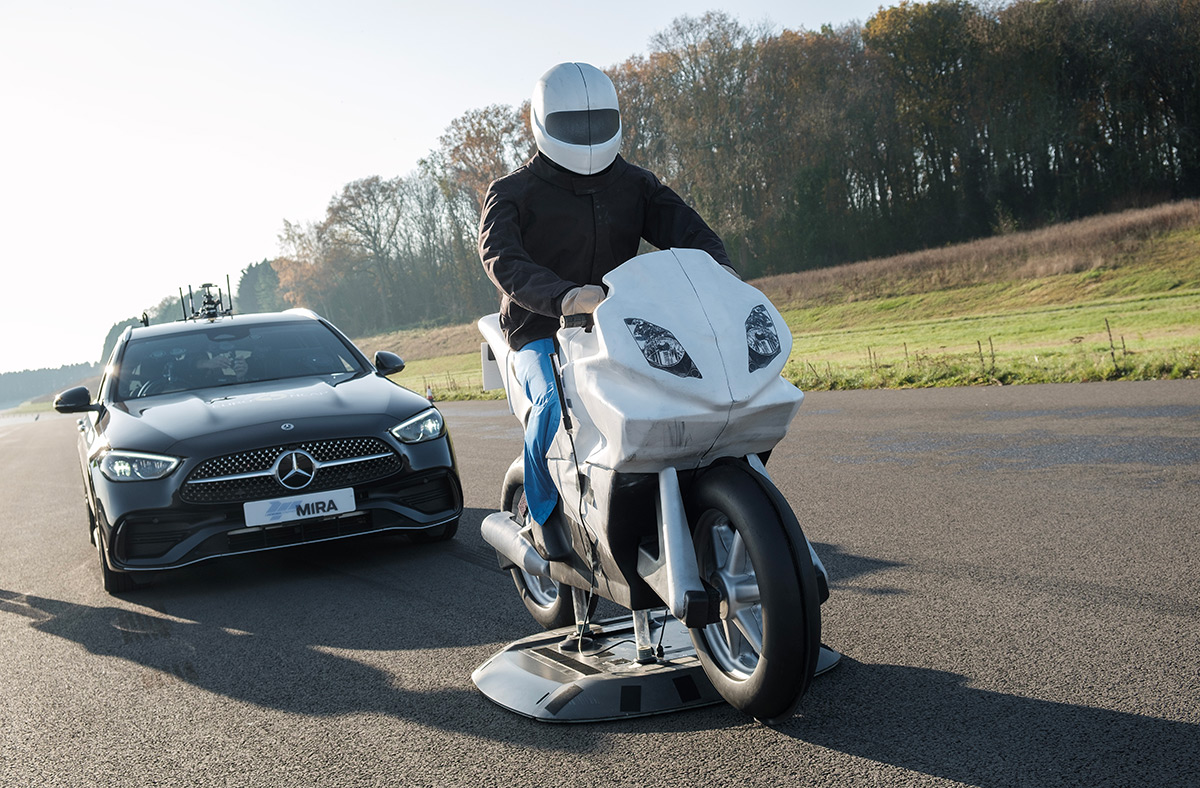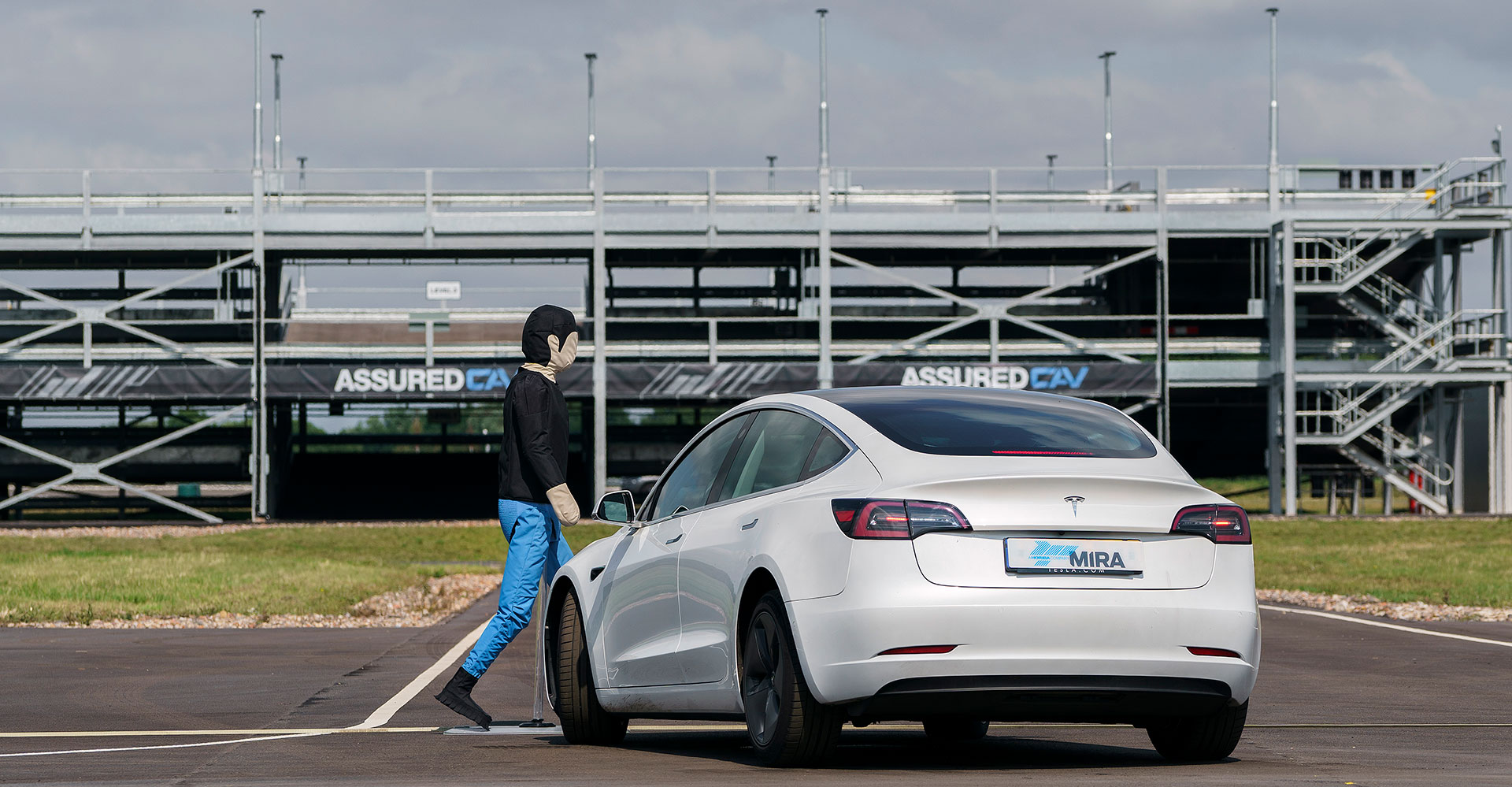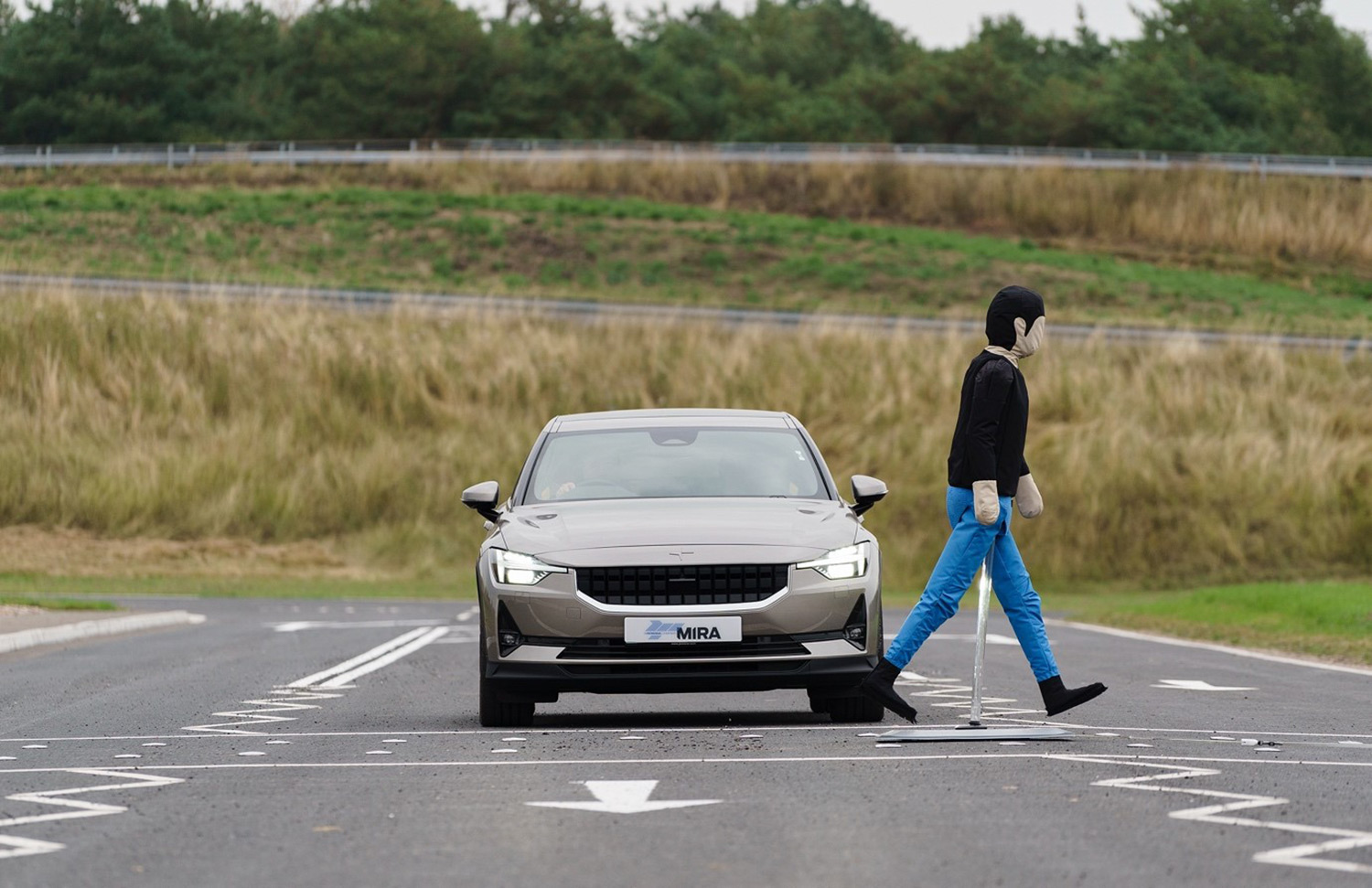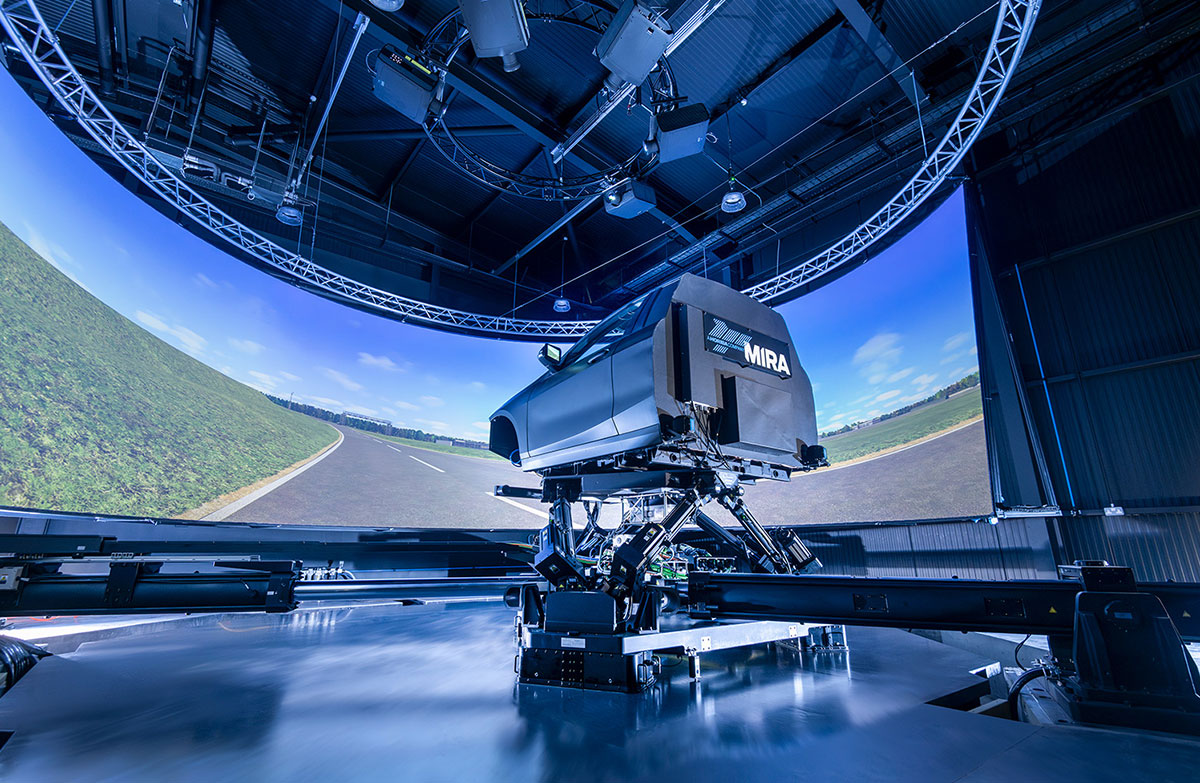The Journey from Passive to Active Safety
Since the advent of passenger vehicles, understanding the way in which they react in the event of a collision has been imperative to the safety of drivers, other road users and pedestrians. As both engineering and technology has advanced and the capability to ensure the safety of vehicles has increased, it is possible to design cars that not only withstand significant impacts but now actively contribute toward avoiding accidents.
As part of HORIBA MIRA’s 75th anniversary celebrations, Ashley Patton, Principal Engineer for ADAS & AD Test and Lee Thompson, Commercial Manager for CAV, consider how the development of both passive and active safety have impacted the vehicles on our roads today – and how their safety features will continue to evolve in the future.
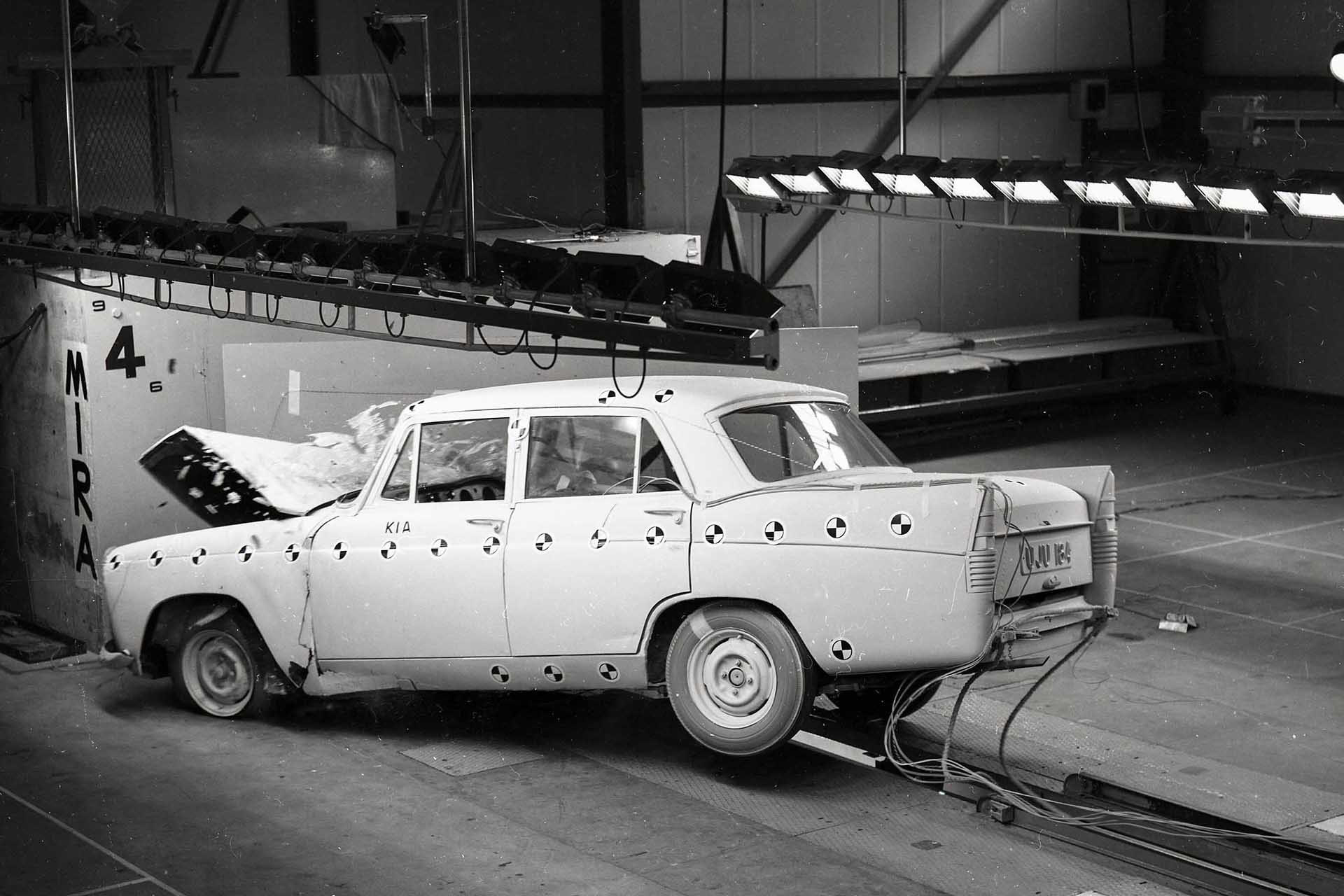
Passive and active safety – what is the difference?
Passive safety focuses on the way a vehicle reacts in the case of an accident and is concerned with lessening the possibility or extent of injury to drivers and third parties. Developing this technology is founded on physical crash tests which allow manufacturers to understand how vehicles react prior to and during an accident. Active safety has been a more recent development. This on-board technology creates an awareness of the driving environment surrounding the vehicle and the behaviour of other road users to prevent situations that lead to accidents.
How important is testing?
To understand what passive and active safety measures might be required for a new vehicle in the design stage, testing plays a vital role. For all manufacturers, investing in testing and meeting standards required by bodies such as Euro NCAP has been an imperative component of vehicle sales. And, as it is impossible to rule out accidents in vehicles no matter how far active solutions develop, passive safety tests will remain of core importance to safety-based design.
For HORIBA MIRA, the first test of passive safety (in this case crash testing), dates back to the early 1960s and led to the development of the world’s first state-of-the art indoor crash testing facility. From this starting point, MIRA has significantly evolved its testing capabilities, including next-generation crash dummies, varying types and configurations of crash testing and the introduction of tests designed to assess infant and pedestrian safety.
Unlike its passive counterpart, active safety is less mature and offers yet more future potential; here there is a significant focus around scenario testing, in which the vehicle is placed in multiple situations to ascertain safety performance in varied contexts.
For example, an early NCAP test implemented in 2015 addressed Automatic Emergency Braking. Active scenario testing using robots allowed engineers to assess whether a vehicle was able to consistently detect an upcoming incident and react appropriately by braking to prevent a rear end crash.
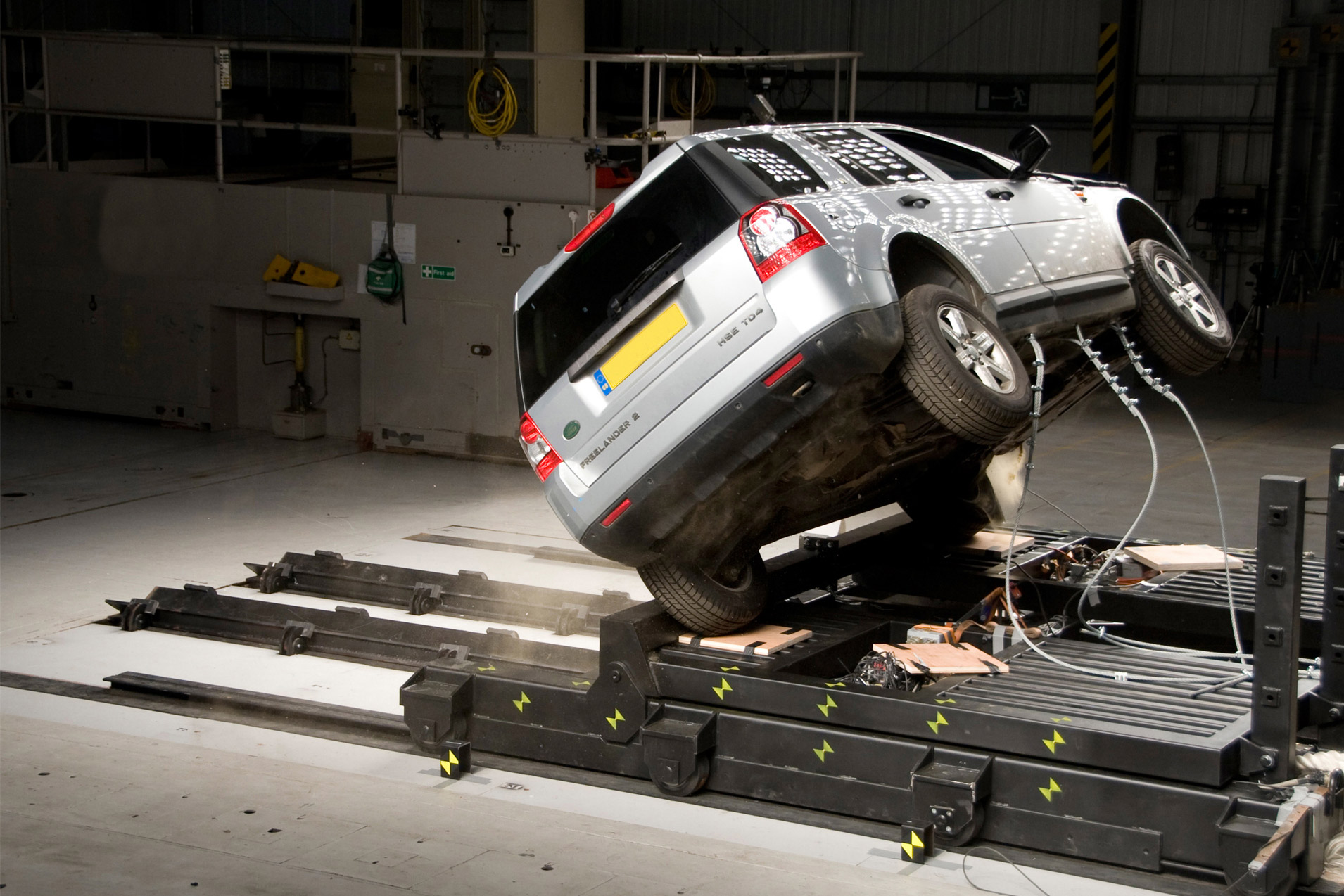
Looking to the future
As we move towards autonomy, the safety demands needed from driverless vehicles are also set to change. Despite the view that crashes should be few and far between in autonomous cars, there will always be the exceptions. Accordingly, manufacturers and testing houses will have to consider the changing way in which passengers use vehicles and how this may impact safety requirements. Driverless cars mean passengers may be involved in other activities that previously may not have been considered in the safety design of driven vehicles.
Passive testing of driverless vehicles will continue to play a role in controlling the safety of passengers within the vehicles. However, the nature of active safety that is progressing currently means that it will become intrinsically linked with the development of autonomy. At HORIBA MIRA, the testing of autonomous safety is already underway, with a significant emphasis on being able to predict how an autonomous vehicle will respond in specific scenarios.
Through the various testing capabilities across both passive and active testing, HORIBA MIRA supports the industry in looking at the tools and methods needed for high levels of safety for autonomous vehicles.
